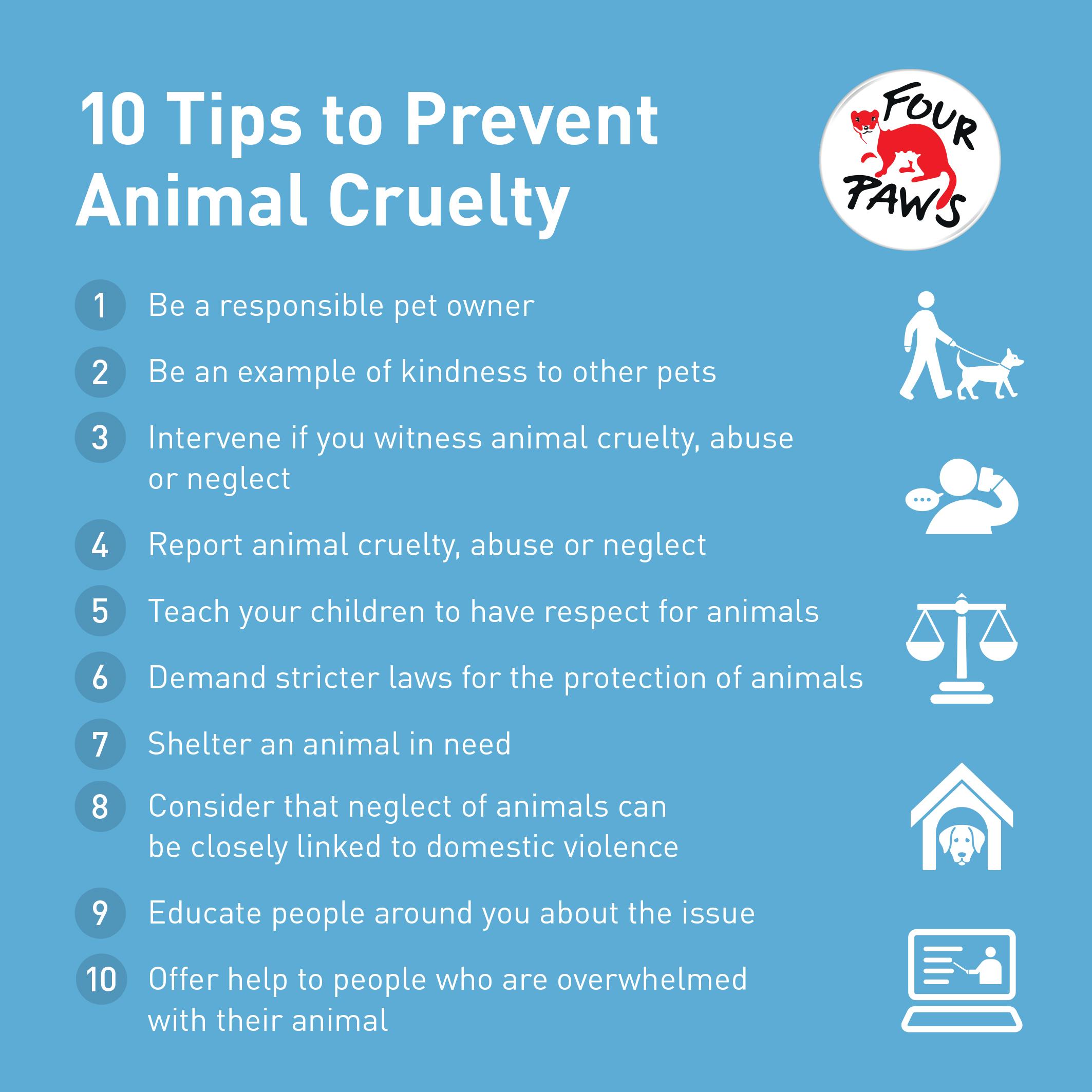In a world increasingly concerned with ethics and sustainability, the treatment of farm animals has come to the forefront of social consciousness. Have you ever paused while shopping for groceries and pondered the conditions under which your chicken nugget or breakfast bacon was produced? This article aims to equip you with knowledge and tools to prevent farm animal cruelty before you make your next purchase.
The stark reality is that many farm animals endure life in cramped, unsanitary environments, suffering both physically and psychologically. Factory farming, a prevalent method employed in mass production, often prioritizes profit over animal welfare. Thus, it becomes crucial for consumers to be informed and conscientious about their buying decisions. But how can the average consumer enact change in such an entrenched system?
First, it is essential to understand the types of farming practices that contribute most to animal suffering. Conventional systems generally involve confining animals to cages or pens that limit their natural behaviors. For instance, chickens raised for egg production are often kept in tight confinement, unable to roam or engage in instinctual activities such as dust bathing. Pigs are frequently housed in gestation crates, providing minimal space to move, let alone exhibit natural behaviors. Recognizing these realities is the first step in adopting a more ethical approach to food sourcing.
Moreover, the terminology surrounding animal farming can be confounding. Terms like “cage-free,” “free-range,” and “pasture-raised” are often employed in marketing, but their meanings can differ dramatically. For example, cage-free hens are not kept in cages; however, they may still be confined indoors without access to the outdoors. Free-range hens may have some access to outside, but the extent of this freedom can vary significantly. Consequently, it is vital to delve deeper into these terms and seek independent sources of information before drawing conclusions.
One effective method to mitigate farm animal cruelty is to choose products certified by animal welfare organizations. These certifications often set rigorous standards for the humane treatment of animals and ensure that they are raised in conditions that allow for natural behaviors. Seeking out these labels can help you support farms that prioritize the well-being of their animals. These farms typically provide more space, healthier diets, and overall better living conditions.
Another practical approach is to embrace plant-based alternatives. Transitioning to a diet that emphasizes fruits, vegetables, grains, and legumes can significantly reduce demand for animal products, and thus lessen the number of animals subjected to cruel farming practices. Whether by adopting a fully vegetarian or vegan lifestyle or simply incorporating more plant-based meals into your week, you can make an impactful choice that promotes animal welfare.
Moreover, engaging with local farmers and asking questions about their practices can provide valuable insights. Farmers markets often feature local producers who prioritize humane farming methods. By speaking directly with farmers, consumers can better understand their operations and challenge them to uphold ethical standards. Look for farmers who practice rotational grazing or permit their animals access to pastures—signs of a commitment to animal welfare.
Education also plays a pivotal role in preventing farm animal cruelty. Many organizations offer resources and workshops that inform the public about animal welfare issues within agriculture. Engaging in these learning opportunities allows you to empower yourself and others, thus creating a ripple effect of consciousness and responsibility in your community.
However, it’s not only about what you purchase; it’s also about what you promote. Instigate conversations surrounding the ethical treatment of animals in agricultural settings with friends and family. Awareness can spark change, and it is imperative to foster a culture that values and demands humane treatment for all living beings. Simple discussions can challenge deeply-rooted beliefs and encourage more people to consider the sources of their food.
While avoidance of cruelty in farm animal practices may seem daunting, it is worth noting that every decision matters. Each purchase you make sends a message to producers about what consumers want. By prioritizing welfare in your buying patterns, you help dictate market forces. Choose compassion over convenience; over time, collective consumer voices can compel significant changes within the agricultural industry.
In addition to individual efforts, advocacy plays a critical role in shaping policies that protect farm animals. Supporting legislation aimed at improving animal welfare standards, such as laws banning gestation crates or encouraging transparency in food labeling, ensures that industry practices evolve to reflect public sentiment. Consider active participation in campaigns for animal rights or contributing to organizations dedicated to this cause; your voice can amplify the message of compassion.
So, as you engage in your next shopping excursion, ask yourself: What values do you want to support with your dollar? If the answer includes promoting ethical treatment of animals, there are plethora paths towards enacting that principle. Learning, advocating, and choosing wisely ensures that the invisible beings behind your food receive the respect and dignity they rightfully deserve.
In conclusion, the journey to prevent farm animal cruelty begins with informed choices. By understanding the implications of factory farming, exploring alternatives, and advocating for better practices, you not only help animals but also foster a more humane world. Choices matter, and the collective effect can lead to transformative change in the industry. Start today, and make a commitment to becoming a more responsible consumer.








